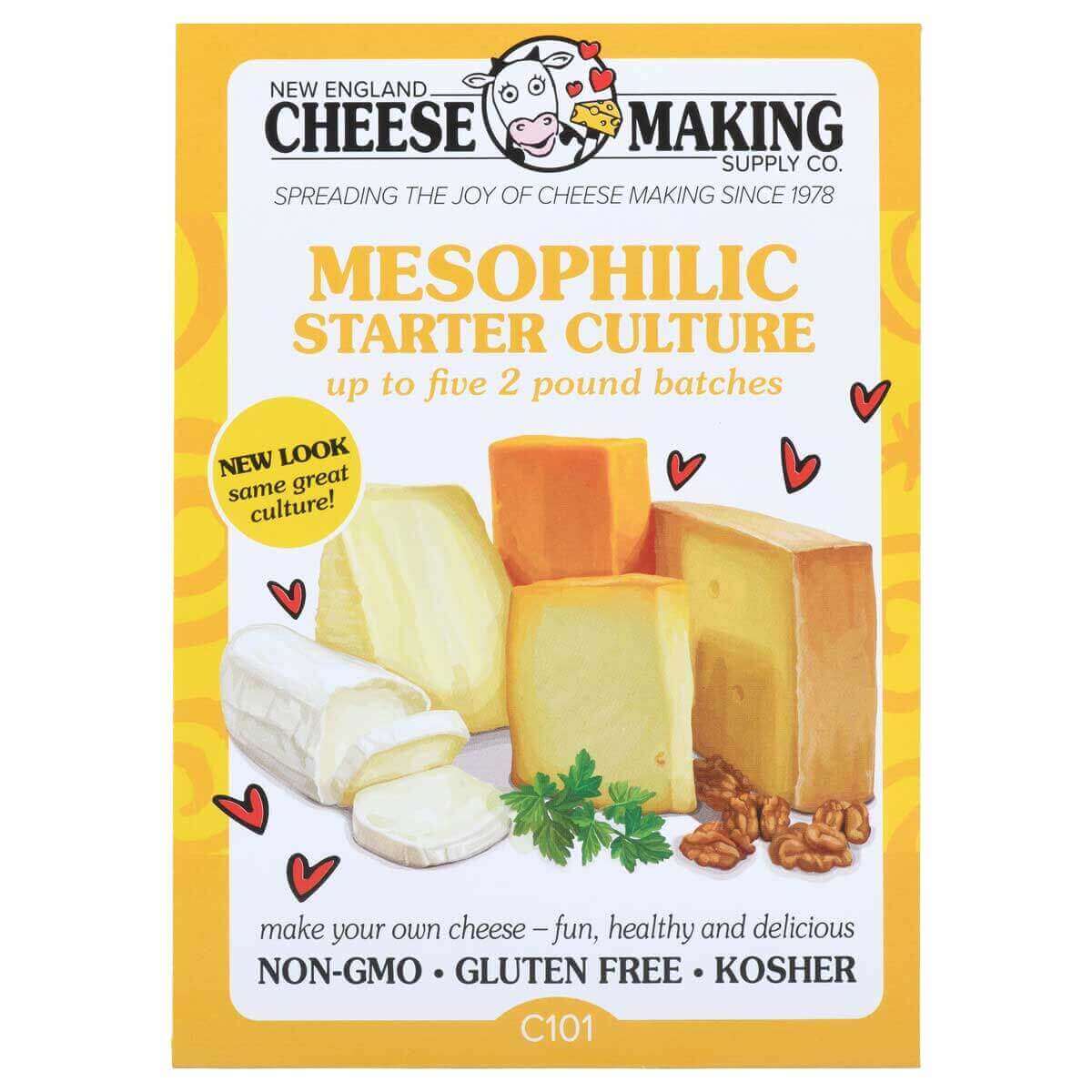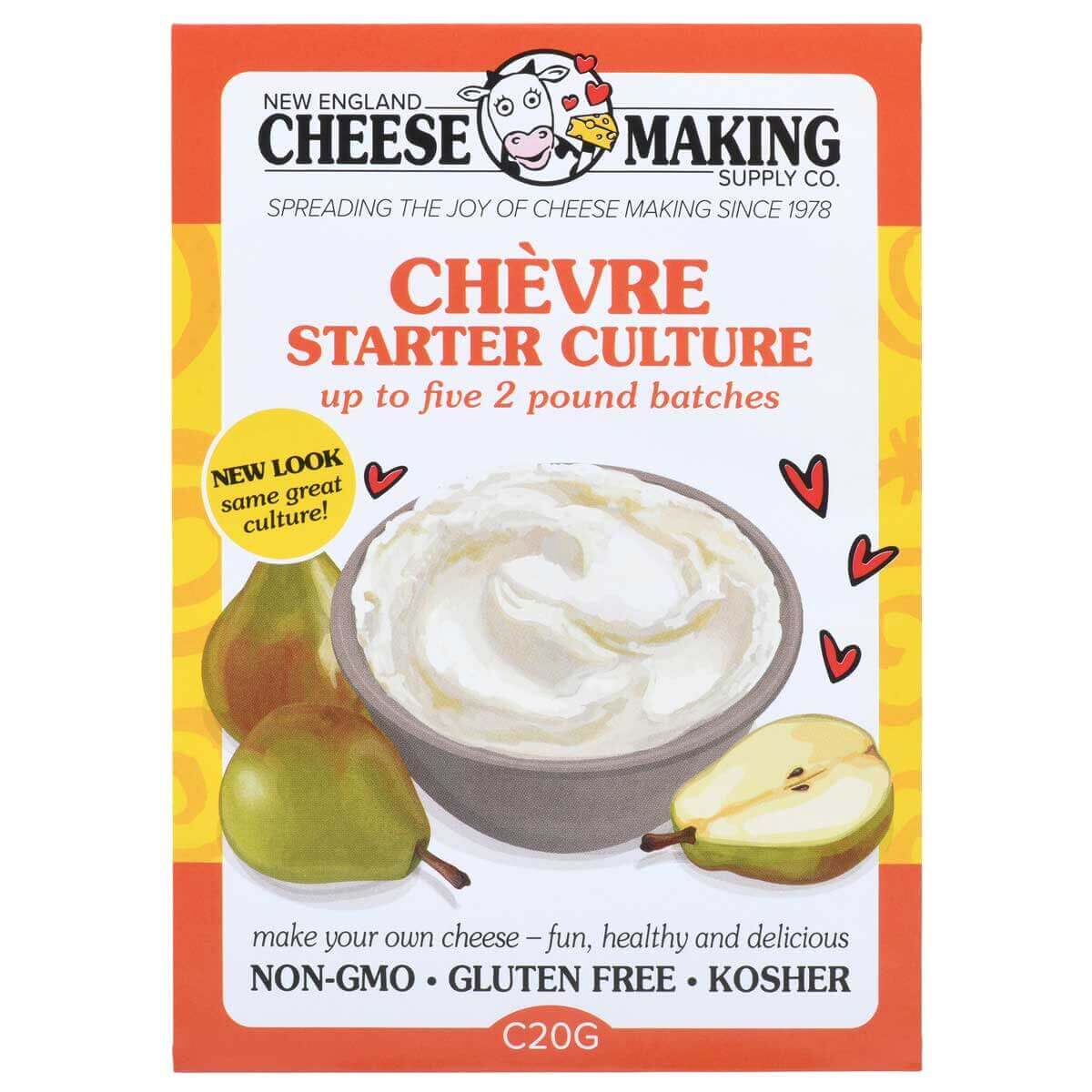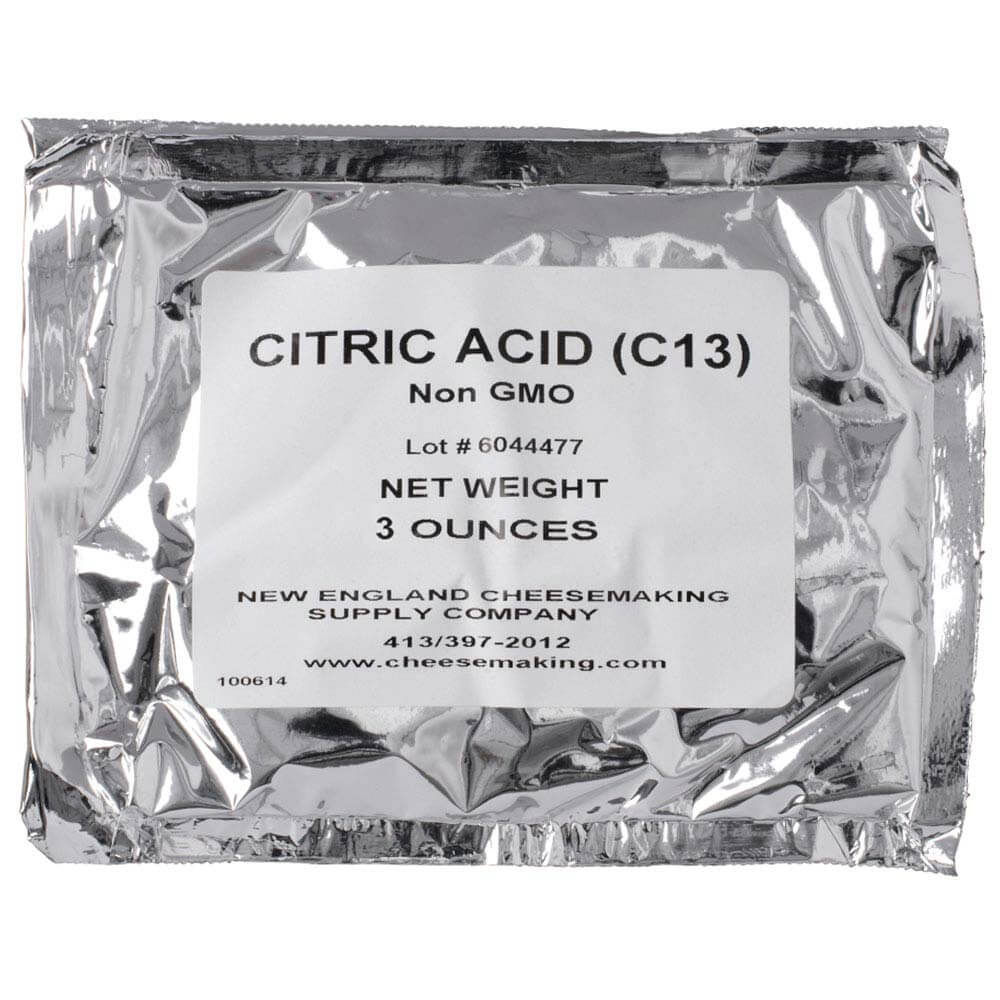
Submitted by Kate Johnson and Kelly Liebrock of The Art of Cheese in Longmont, CO February 21, 2023 Rennet is an importan...

Thistle Rennet: Exciting New Product!
When we first posted the article about Making Rennet from Fig Sap, we had many inquiries in the comments section about mak...

Aroma B Culture for Cheese Making
There are a lot of cultures to choose from, aren’t there? It’s actually somewhat intimidating. Fortunately, cheese is ver...

Using Tartaric Acid in Cheese Making & Much More!
Tartaric acid is naturally found in many fruits, including the tamarind, from which our product (C19) is derived. Because ...

Calcium Chloride for Home Cheese Making - Is it Necessary?
Calcium Chloride (C14) from cheesemaking.com Many of the questions we get from cheese makers involve issues related to ...
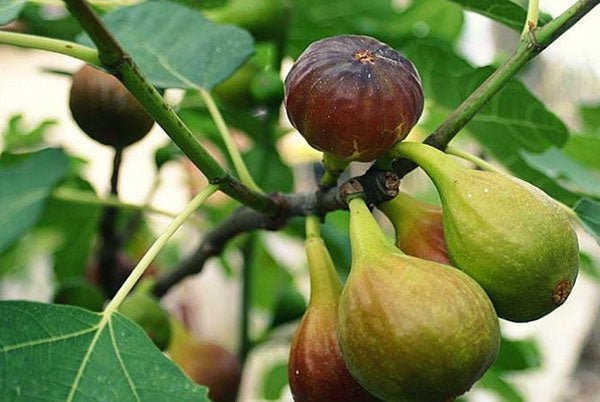
Photo courtesy of All Remedies 4 years ago, I posted an article I thought was whey out in left field – Making Rennet Fr...

There are as many recipes for making cheese without cultures on the Web as there are with cultures. While many home chees...

Philippines - Part 1: Making Rennet
Recently, we were happy to receive pictures and lots of information about making cheese in the province of Iloilo, Phi...

For desserts – yes. For cheese – no. There are a lot of cheese making websites where Junket tablets are routinely used in...

Cheese Coloring - Always an Option
Why add color to cheese Sometimes you just want a little color in your cheese. Many folks who grew up on store-bought ch...

Using Kefir Grains and Shipping Them to Friends (Part 3 of 3)
What do I do with all these grains?! Indeed, they do grow and grow and grow… However, the good news is that they are so l...

Growing Kefir Grains (Part 2 of 3)
The Second in a Three Part Series about Kefir Grains This series started with a request we put in the November Moosletter...
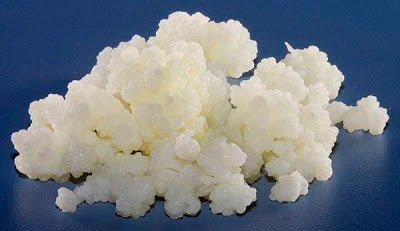
Ordering Kefir Grains (Part 1 of 3)
The First in a 3 Part Series about Kefir Grains This started with a request we put in the November Moosletter for folks ...

Using ash in your cheese and in your wedding cake… When we brought out the cake at Ricki and Jamie’s wedding, there were ...

I wrote this last month, so you can chalk it up to March Madness! We get kind of crazy around here at the end of a long, ...

Questions and Answers About Making Yogurt
Jim Wallace We are determined to help you! One of the differences between our business and others is Ricki’s dedi...

Questions and Answers About Cultures
Getting your cheese off to a good and consistent start This is the second in a series of sample questions that folks have...

You can’t make cheese without milk! We have a HELP section on our website with many questions answered about all ph...

Making Friends With Those Little Enzymes “The biology of cheese accurately reflects the biology of nature. Its reactions...

Using Sheep's Milk to Make Cheese
A few months ago, we received this note from a customer: I was wondering if you might post on your “recipes wanted” secti...

How is Milk Homogenized? There are 2 stages: 1) In most cases, the milk is forced through a narrow opening at very high p...

How much is enough? Let’s face it- we’re not all scientists. Probiotics is all about strains of bacteria. There is a l...

All you need is milk
Cheese Making Kits
Discover the joy of cheese making with our all-inclusive kits, perfect for making a variety of cheese. Whether you're a novice or looking to surprise someone special, these kits offer a simple and enjoyable way make cheese at home.
Shop KitsCheese Making Supplies































